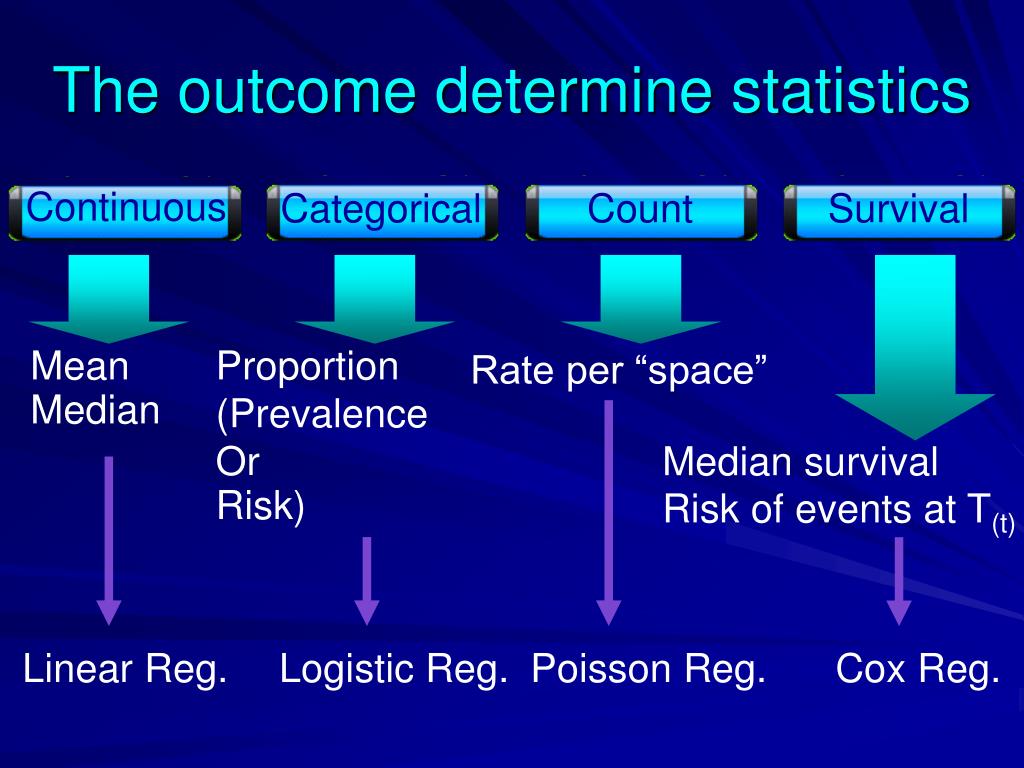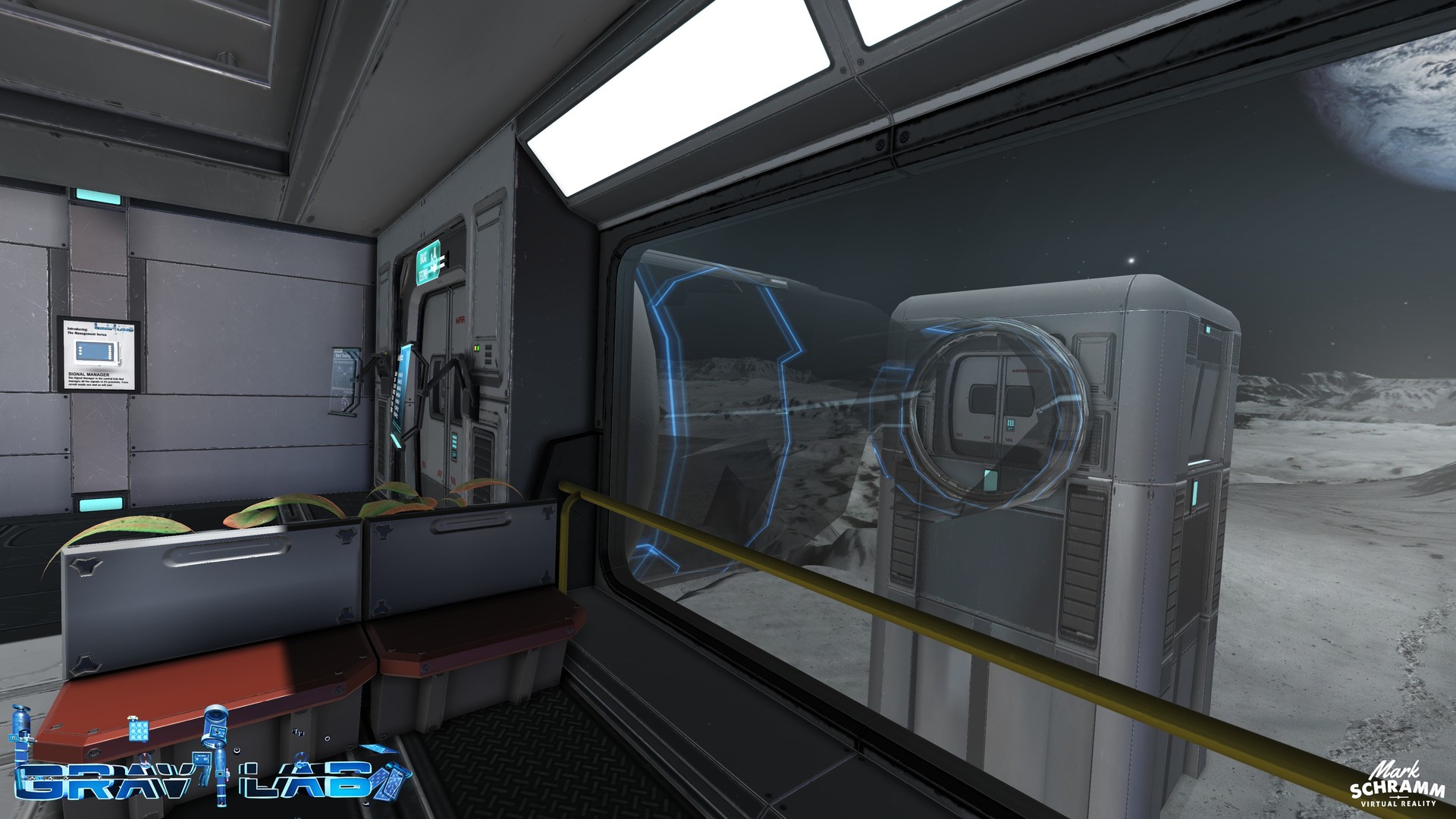


Your StatsTest is Simple Logistic Regression.Your StatsTest is Multivariate Multiple Linear Regression.Two or More Dependent Variables Menu Toggle.Your StatsTest is Multiple Linear Regression.Your StatsTest is the Mixed Effects Model.More Than One Independent Variable Menu Toggle.Your StatsTest is Simple Linear Regression.Continuous Dependent Variable Menu Toggle.Your Stats Test is Kendall’s Tau or Spearman’s Rho.Your StatsTest is Point Biserial Correlation.Your StatsTest Is The Log-Linear Analysis.Three (or more) Group Variables Menu Toggle.(more than 10 in every cell) Your StatsTest Is The Chi-Square Test Of Independence.(more than 1000 in total) Your StatsTest Is The G-Test.(more than 10 in every cell) Your StatsTest Is The Two-Proportion Z-Test.(less than 10 in a cell) Your StatsTest Is The Fischer’s Exact Test.Your StatsTest Is The Chi-Square Goodness Of Fit Test.Your StatsTest Is The Exact Test Of Goodness Of Fit (multinomial model).Your StatsTest Is The G-Test Of Goodness Of Fit.More Than 10 In Every Cell (and more than 1000 in total) Menu Toggle.Your StatsTest Is The One-Proportion Z-Test.Your StatsTest Is The Exact Test Of Goodness Of Fit.Proportional or Categorical Variable of Interest Menu Toggle.(2 or more group variables) Your StatsTest Is The Split Plot ANOVA.(one group variable) Your StatsTest Is The One-Way Repeated Measures ANOVA.Your StatsTest Is The Kruskal-Wallis One-Way ANOVA.(2 or more group variables) Your StatsTest Is The Factorial ANOVA.(one group variable with covariate) Your StatsTest Is The One-Way ANCOVA.(one group variable) Your StatsTest Is The One-Way ANOVA.Many Samples Tests (3+ groups) Menu Toggle.Your StatsTest Is The Wilcoxon Signed-Rank Test.Your StatsTest Is The Paired Samples Z-Test.Your StatsTest Is The Paired Samples T-Test.Paired Samples (repeated measurements) Menu Toggle.Your StatsTest Is The Mann-Whitney U Test.Your StatsTest Is The Independent Samples Z-Test.Your StatsTest Is The Independent Samples T-Test.Two Sample Tests (2 groups) Menu Toggle.Your StatsTest Is The Single Sample Wilcoxon Signed-Rank Test.Skewed Variable of Interest Menu Toggle.Your StatsTest Is The Single Sample Z-Test.Normal Variable of Interest and Population Variance Known Menu Toggle.

Your StatsTest Is The Single Sample T-Test.Normal Variable of Interest Menu Toggle.One Sample Tests (single group) Menu Toggle.Continuous Variable of Interest Menu Toggle.From these measurements, you should be able to decide for yourself whether an extrapolation to large angles is valid. You will make quantitative measurements of the motion of a cart rolling down inclines of various small angles. Rather than measuring time, as Galileo did, you will use a Motion Encoder System to determine the acceleration.
DETERMINE THE STATISTICS FOR G FROM YOUR DATA GRAVITY LAB FREE
Can these data be used in extrapolation to determine a useful value of g, the acceleration of free fall? We will see how valid this extrapolation can be. Galileo was able to measure acceleration only for small angles. The acceleration during free fall can then be determined from the graph. When sin(θ) is 1, the angle of the incline is 90°. A graph of acceleration versus sin(θ) can be extrapolated to a point where the value of sin(θ) is 1. The acceleration is directly proportional to the sine of the incline angle, θ. When the angle of the incline is increased, the acceleration also increases. Using time and position data, it is possible to calculate the acceleration of the cart. If the angle of an incline with the horizontal is small, a cart rolling down the incline moves slowly and can be easily timed. Then, you will use your data to extrapolate to the acceleration on a vertical “incline ” that is, the acceleration of a ball in free fall. In this experiment, you will see how the acceleration of a rolling ball or cart depends on the incline angle. Therefore, he decided to limit the acceleration by using fluids, inclined planes, and pendulums. Unfortunately, his timing devices were not precise enough to allow him to study free fall directly. One of his goals was to learn more about freely falling objects. During the early part of the seventeenth century, Galileo experimentally examined the concept of acceleration.


 0 kommentar(er)
0 kommentar(er)
